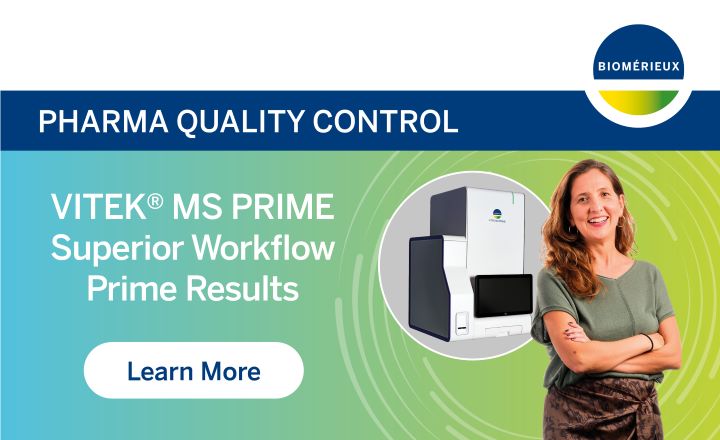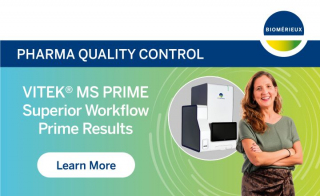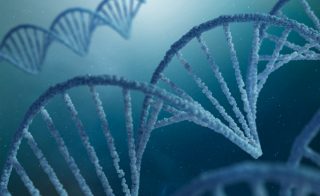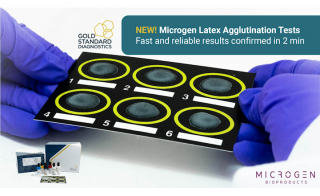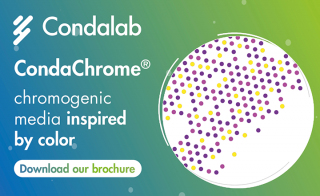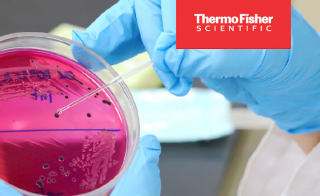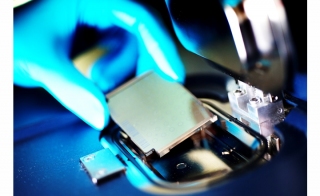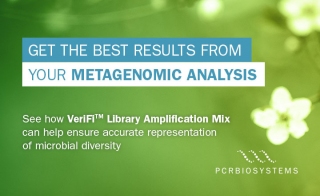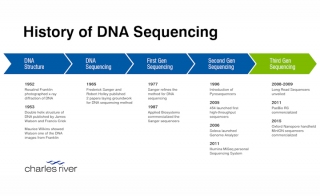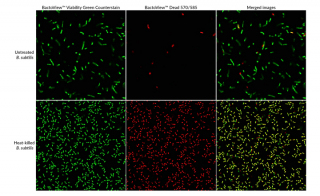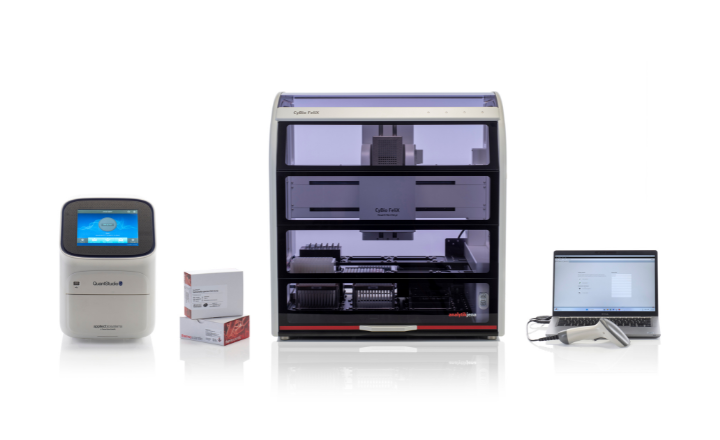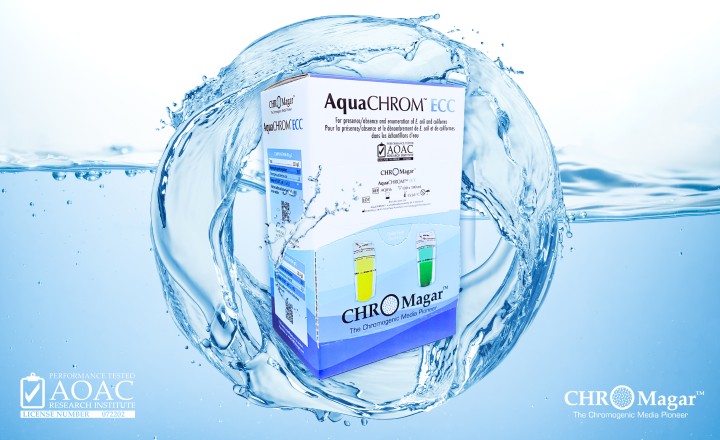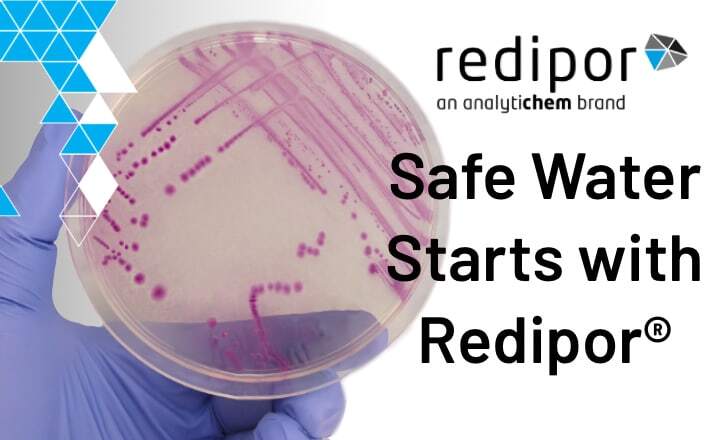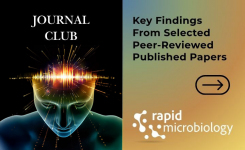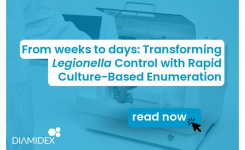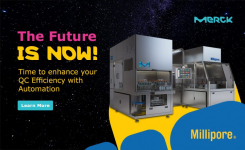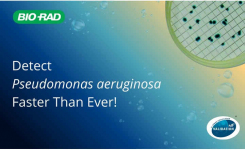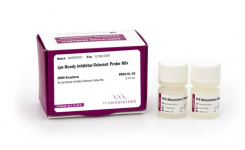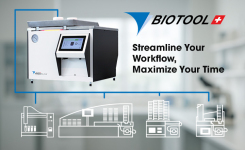What's in a name? Microbiology labs spend a lot of time and resources into putting a name to bacteria and fungi, in some instances this task is a regulatory requirement (such as CCS in Annex 1) but normally it's because it delivers insight data that will highlight potential risks, or suggest appropriate therapies, or to track and trace incidence. Whether it's just a general classification or a detailed molecular analysis, find the right solution for your lab on this rapidmicrobiology special focus page, and explore options for the identification of microorganisms in routine clinical, food, or pharmaceutical labs.
Traditionally, microbial identification was based on morphology combined with biochemical tests, these tests involved analysis of various metabolic activities of microorganisms, such as how they metabolised sugars etc. Thermo Fisher has prepared two SmartNotes one for clinical labs and one for industrial labs to explain why manual biochemical testing is still critical for all microbiology labs even if they have an automated system in place.
Incorporating biochemical reagents or chromogens into culture media so they produce particular colours in the presence of enzymes specific to a target group of organisms is an easily accessible, cost-effective approach. The CondaLab CondaChrome® range offers a wide choice of chromogenic media for both food safety and clinical applications. Plus there is the option of identifying different species of the same bacterial group in the same culture medium, revealing the presence of additional genera in the sample. Available for download are Bio-rad's popular reference guides to various methods including their chromogenic media and PCR kits both with applications for detecting a range of quality indicators and pathogens in food, water, and environmental samples.
Latex agglutination kits are a fast, and easy approach for confirmatory identification, Gold Standard Diagnostics has launched Microgen rapid latex agglutination tests, to instantly confirm the identification of Salmonella, Legionella, or Staphylococcus aureus colonies in food and environmental samples.
Increasingly found in many labs is Matrix-assisted laser desorption/ionization time-of-flight mass spectrometry (MALDI-TOF MS) where particles are ionized, separated according to their mass-to-charge ratio, and measured by determining the time it takes for the ions to travel to a detector at the end of a time-of-flight tube. The results are compared to a database of spectra from known organisms. The VITEK MS PRIME is a benchtop high-throughput automated identification system designed to meet the pharmaceutical industry’s needs. Thanks to its robust database, this solution identifies a wide variety of microorganisms including bacteria, yeast, fungi, and mycobacteria.
Traditional microbiology methods enable detection only of a subset of microbes in a sample (only those organisms that can be cultured under laboratory conditions). Metagenomics overcomes this limitation by directly extracting and sequencing DNA or RNA from samples by NGS, thus providing a snapshot of the genetic content of the entire microbial community. Discover PCR Biosystems' VeriFi™ Library Amplification Mix can help ensure an accurate representation of microbial diversity.
Confused with all the different sequencing technologies? Charles River traces the history of DNA sequencing from its first foundation through Sanger, 16S RNA, Next-generation sequencing (NGS), WGS, Nanopore sequencing (ONT) to Strain Typing by Molecular Subtyping (SLST/MLST).
Outsourcing identification to a service lab helps tap into highly specialised knowledge and experience, with a state-of-the-art Global Genomics Center, Microbiologics provides various sequencing services. Proven expertise combined with the latest technologies deliver comprehensive solutions from samples to nucleotides for both Sanger and next-generation sequencing (NGS) methodologies.
Take Your Mass Spectrometry to the Next Level With VITEK® MS PRIME
Built on a solid foundation of microbial identification expertise, VITEK® MS PRIME is the new evolution in MALDI-TOF technology to deliver species-level identification and productivity through efficient routine workflow.
Find Out More
Discover How Microbiologics' Global Genomics Center Can Meet Your Sequencing Needs
Microbiologics' state-of-the-art Global Genomics Center provides various sequencing services for bacterial and fungal identification. Proven expertise combined with the latest technologies deliver comprehensive solutions from samples to nucleotides for both Sanger and NGS methodologies.
Find Out More
Microgen Latex Agglutination Kits for Salmonella, Legionella or Staphylococcus aureus ID
Get fast and reliable results confirmed in 2 minutes for confirmatory identification of Salmonella, Legionella or Staphylococcus aureus colonies in food and environmental samples.
Find Out More
CondaChrome®: Chromogenic Media for Faster Results With Higher Accuracy
The Condalab range of chromogenic culture media will allow laboratories to shorten their time to results and significantly facilitate the identification of different microorganisms. Want to learn more about it? Keep reading.
Find Out More
Why Manual Microorganism Identification is Critical for all Microbiology Laboratories
From Enterobactericeae to anaerobes, biochemical tests provide simple and rapid identification of even the most unusual organisms. Thermo Fisher Scientific has a range of biochemical identification test products, making it easy to find a suitable kit for your laboratory.
Find Out More
Download Bio-Rad's Most Popular Reference Guides
Download Bio-Rad's most popular reference guides for valuable information on food and water testing using chromogenic media and quality indicators.
Find Out More
Microbiological Safety Challenges in Plant-Based Meats
Hear from Bio-Rad and TEQ Analytical Labs on managing microbiological safety challenges in plant-based meat alternatives.
Find Out More
Micro ID Tracking and Trending: Optimization with Automation
Annex 1 urges the use of rapid, automated methods for contamination detection in Environmental Monitoring. Manual tracking and trending methods, like paper or Excel, pose risks. Automation streamlines the process, reduces errors, and speeds up trend identification, enhancing data reliability and efficiency.
Find Out More
Wickham Micro Doubles Capacity for MALDI-ToF Microbial Identification Service
Wickham Micro, has expanded its MALDI-ToF identification capabilities allowing them to accommodate more clients without compromising on turnaround times.
Find Out More
Learn Why VeriFi™ Library Amplification Mix is Ideal for Metagenomic Analyses
Learn how using VeriFi™ Library Amplification Mix can improve your metagenomic analysis. Discover the benefits of more unique reads and reduced GC-bias in next-generation sequencing applications.
Find Out More
Unraveling the Past: Tracing the History of DNA Sequencing
DNA Sequencing: 13 years to 6 hours - A journey through history. From foundational discoveries in the 19th century to today's rapid advancements, revolutionizing genomics.
Find Out More
Biotium Introduces New Highly-Selective Stains For Both Gram-Positive and Gram-Negative Bacteria
BactoView™ Dead stains are also included in two new BactoView™ Viability Kits, enabling convenient two-color staining of both live and dead bacteria for clear viability assessment of all cells in a sample.
Find Out More






